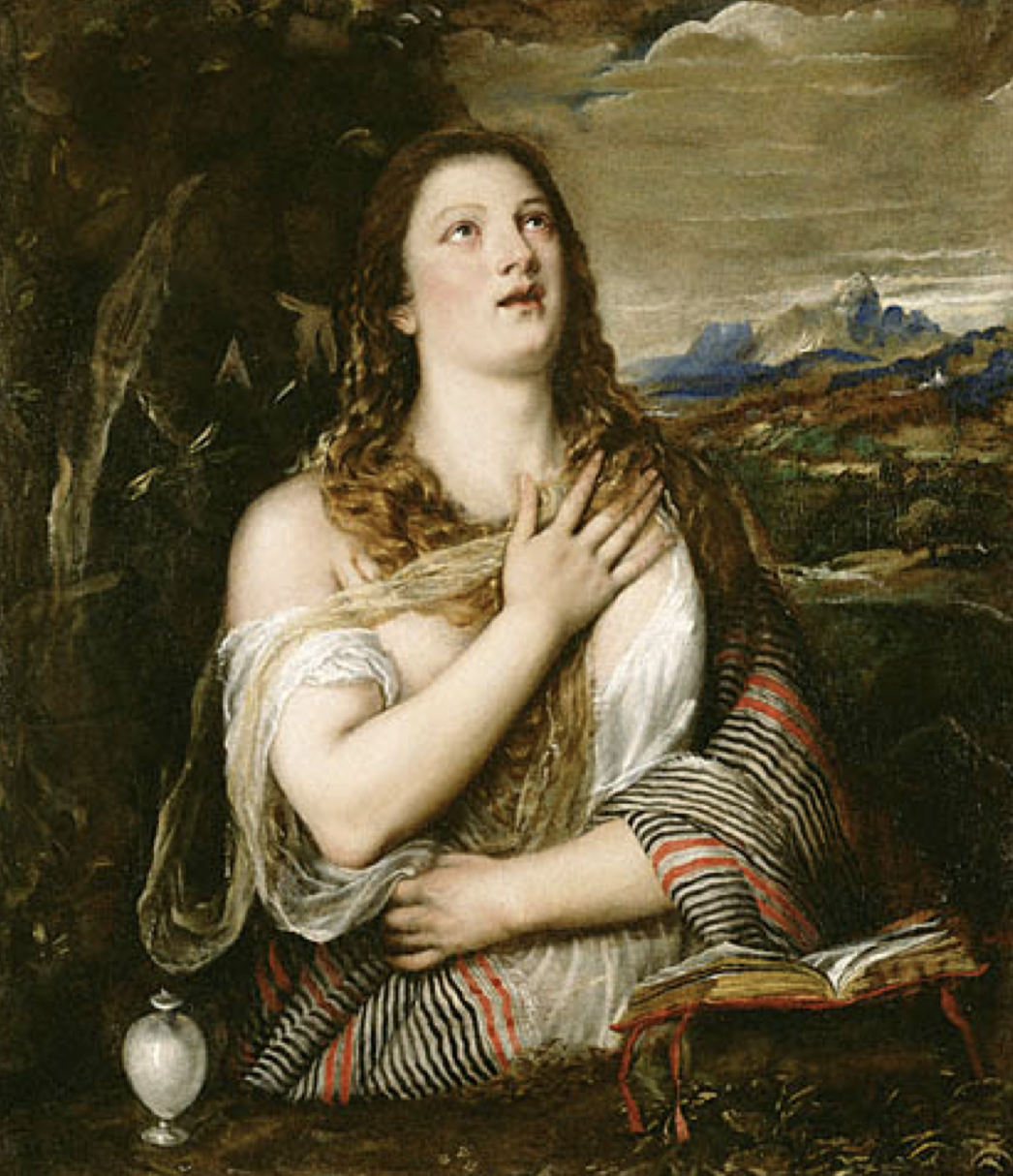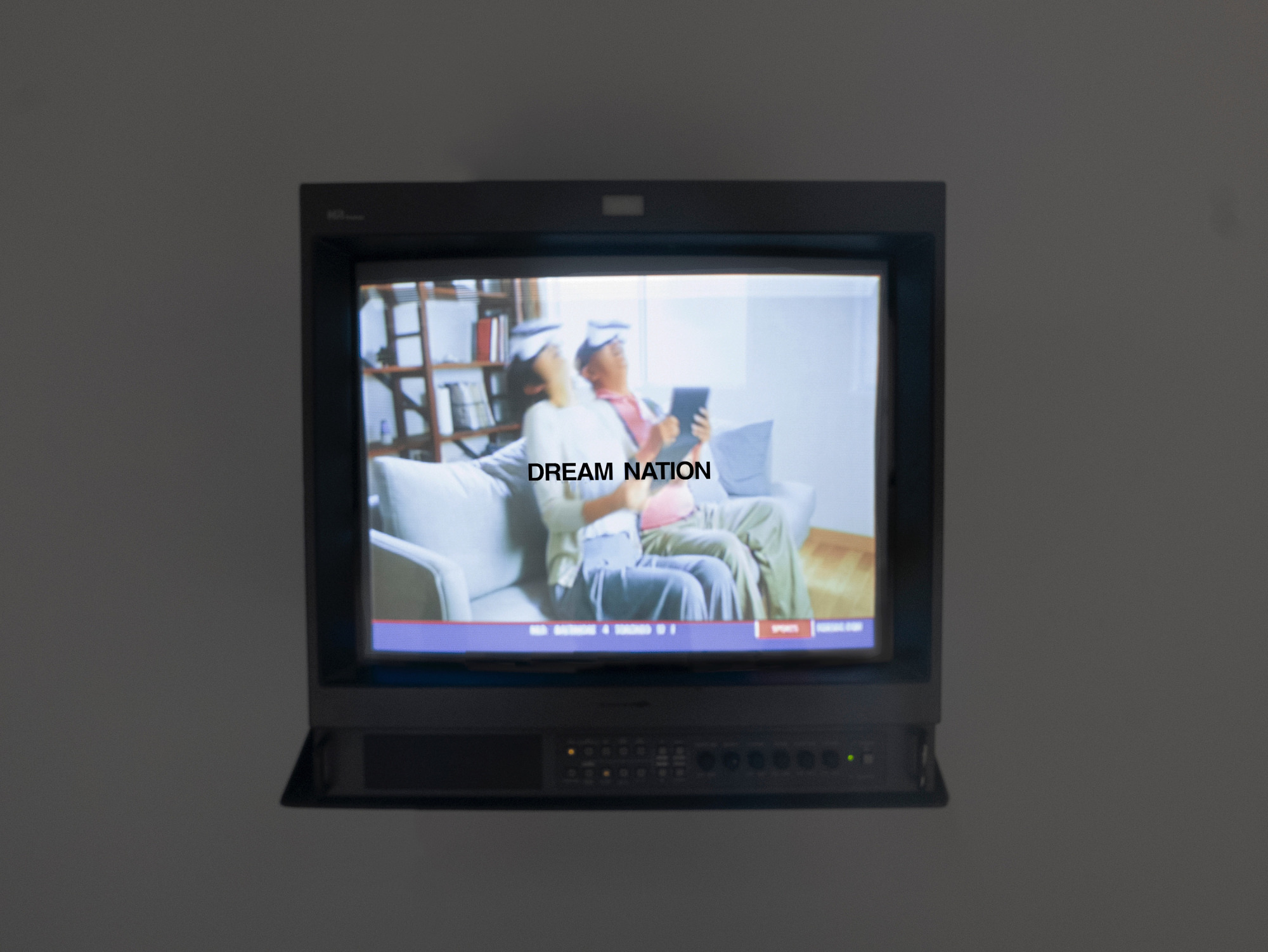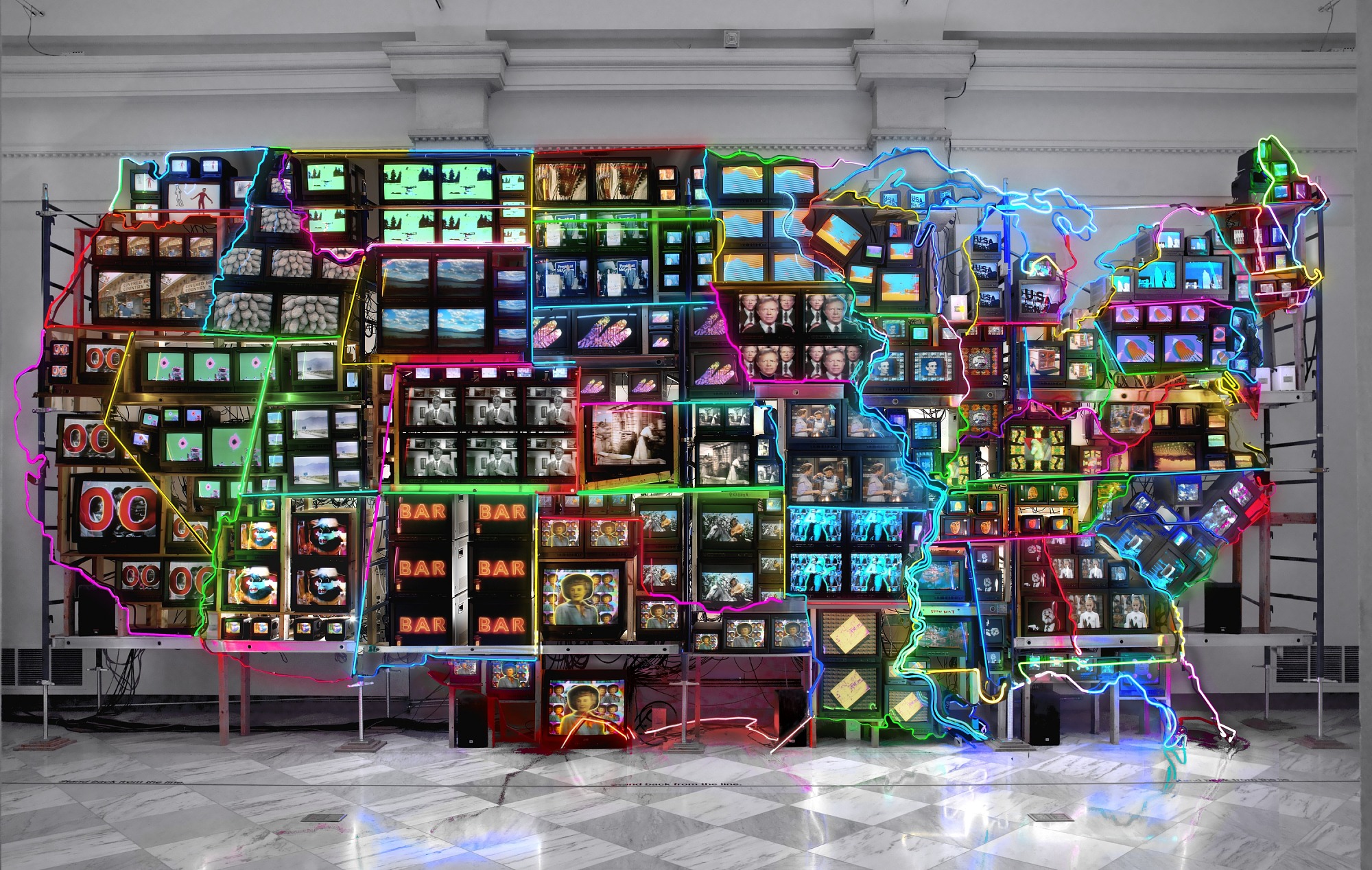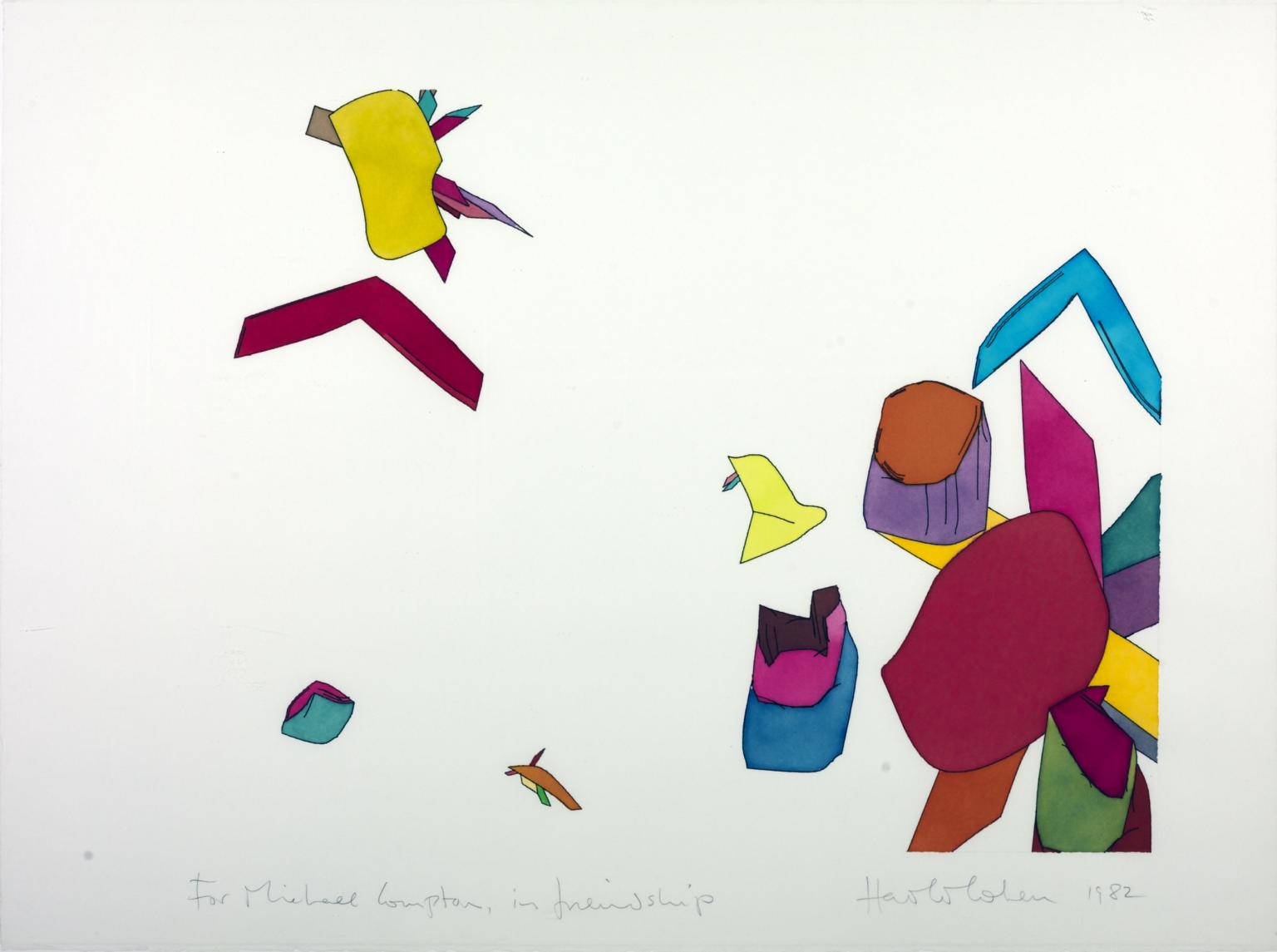Art After Instagram
- by Timothy Gawaya
 THE SPIRITS OF THE PUMPKINS DESCENDED INTO THE HEAVENS by Yayoi Kusama. 2015. Still taken from the artist's Instagram. Courtesy Yayoi Kusama and Ota Fine Arts.
THE SPIRITS OF THE PUMPKINS DESCENDED INTO THE HEAVENS by Yayoi Kusama. 2015. Still taken from the artist's Instagram. Courtesy Yayoi Kusama and Ota Fine Arts.
Andy Warhol’s prescient declaration, that in the future everyone would achieve a fifteen-minute fame, is important for two reasons: firstly, because he anticipated more efficient information and communication networks which would render everyone and everything everywhere all at once; secondly, because Warhol foresaw that as digital technologies exerted greater influence in our daily lives, our consciousnesses would become so overburdened by excess to the point of a complete rupture in attention.
A more accurate evaluation, taking into account the complete overhaul of our critical sensibilities in light of TikTok, Instagram and our insatiable thirst for dopamine, would read thus: In the future, everything is world famous for fifteen seconds.
Perhaps the great concern for art in this century, something clearly articulated by Warhol decades earlier, is relevance: staying afloat amid the noise of (post)modernity. The contemporary moment is marked by a peculiar relationship to time, in which the ubiquity of events and the speed with which they flutter in and out of existence, assisted by totalising digital infrastructures, is greatly accelerated. With the compression of temporal modes emerges a diminished capacity to hold attention in addition to its countereffect: novelty as a means of establishing relevance.
Everything must be made anew; digital networks thrive on the production and cannibalisation of novelty.
Yet art’s concern with relevance is perhaps a recent state of affairs. As it were, for the greater part of art history the relevance of art was rarely under question given its service to the Church and nobility: Titian, Michelangelo and Raphael, to state some famous examples, were all kept employed by the Catholic church. Questioning the relevance of art was tantamount to questioning the parameters of theistic belief itself.

Photo: The Penitent Magdalene by Titian, 1555-1556. Courtesy J. Paul Getty Museum
In some way, it is possible to suggest that the question of relevance assumed prominence with the invention of the camera and photography, for one, and growing secularism in the liberal democratic order towards the end of the nineteenth century. The early half of the twentieth century was a period fraught with crisis, reaching its zenith in the Cold War years before the untimely end of history. Writing in the 1950s, when the United States was on the verge of embracing a post-industrialist economic order, novelist William Gaddis proposed that the divorce of art from its higher, divine purpose, coupled with the ever-demanding and cheapening mechanisms of the free market, resulted in artforms that could only deal with fragments (hence Pop Art and Neo-expressionism, among others).
Against the growing sophistication of advertising, artificial intelligence, social and communication networks, with an attention-deficit public increasingly alienated from the specialised morays of contemporary practices, art today is coping with the threat of its own obsolescence.

TV Text & Image (DREAM NATION) by Gretchen Bender, 1989. Courtesy Smithsonian American Art Museum, Gift of Scott Hoffman, 2022.65A-B
Instagram has emerged as a strong bulwark, a resistance platform through which artists, writers, dealers and institutions alike can propagate and, to put it simply, keep art alive. As a primarily visual platform, Instagram is the likely home for the visual arts. Consider the layout of your typical Instagram page: sleek, chronologically arranged white cubes (or black, depending on your device’s settings) which echo the gallery form itself. The ease with which one scrolls through an Instagram page, post by post, matches the uniformity of the physical exhibition setting.
In another sense, Instagram functions as an extensive catalogue which allows viewers unprecedented archival access. To this end, one would almost speak of a democratised artistic experience, to the extent that anyone with an internet connection and login details has access to archival material. Indeed, this is a far cry from the historically hermetic traditions of art institutions and their cross-cultural class biases. One could go so far as suggesting that the gulf between art and the everyday, principally in terms of digital proximity and presence, has been bridged as a result of the ubiquity of cellphones.
 Electronic Superhighway: Continental U.S., Alaska, Hawaii by Nam June Paik, 1995. Courtesy Smithsonian American Art Museum and Nam June Paik Estate.
Electronic Superhighway: Continental U.S., Alaska, Hawaii by Nam June Paik, 1995. Courtesy Smithsonian American Art Museum and Nam June Paik Estate.
Nevertheless, the question of relevance, or the threat of irrelevance, is exacerbated by the technical functions of the platform itself. While it might have been that art was in service of the Church five hundred years ago, today it is subject to flows of information: financial and algorithmic, the two being interchangeable terms at times.
Art after instagram is subject to the decontextualisation processes customary to the online experience. The proliferation of images, and their subsequent divorce from meaningful points of reference, amounts to a visual paranoia characterised by dismemberment and discontinuity. The paranoia of the image does not describe an inherent quality of images themselves but our relationship to them: a one-sided preoccupation with the unreal, the fleeting; the image is that which turns and turns in the widening gyre.
At the same time, the character of Instagram is such that it reduces everything to content, that is, mere ephemera possessing merit proportional to its hypnotic value: the longer your attention is held, the better the content. Slotted between the irreverent memes and chilling headlines that mar our feeds and psyches, works of art no longer occupy a privileged position. One no longer pauses contemplatively before a painting or sculpture, but scrolls mechanically in search of the next dopamine hit (which, quite unfortunately, are seldom masterpieces).
Instagram’s reduction of art, as a privileged activity, to content deepens the chasm between art and non-art. Perhaps there is no art on Instagram, only content that is filtered through an artistic lens (although this is a similarly problematic declaration).
 Photo: Untitled Computer Drawing by Harold Cohen, 1982. Courtesy Tate Gallery.
Photo: Untitled Computer Drawing by Harold Cohen, 1982. Courtesy Tate Gallery.
Conversely, that the platform is fundamentally reductionist has led to a greater pursuit for more authentic (offline, whatever that means) artistic experiences. For one, it allows us to reevaluate art’s instrumental value in response to existential concerns, while similarly affording greater flexibility for creative, critical and theoretical experimentation. Art after Instagram occupies a paradoxical position, permitting greater access and visibility between audiences while simultaneously negating (or reshaping) our artistic aptitudes. It is a matter of wondering aloud, what is authentic about art in light of the unreal?
We know that the end of art was not so much an epilogue as it was a preamble; endings are never final, as James Joyce demonstrated.
Further Reading In Articles
African Artist Directory















